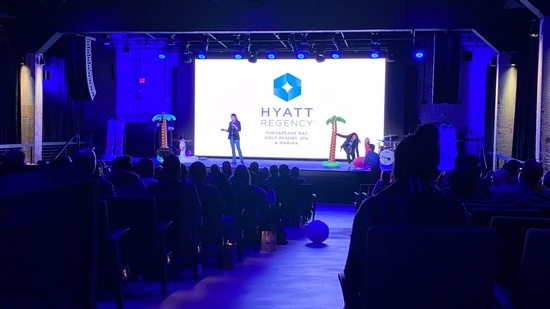Transforming Spectator Interaction Through Engaging VR Experiences within Live Productions
Transforming Spectator Interaction Through Engaging VR Experiences within Live Productions
Blog Article
Within recent times, virtual reality has become as powerful tool for boosting audience engagement in real-time performances. Such innovation allows audiences to submerge themselves in a 3D environment, creating a unique experience that conventional media cannot easily replicate. By using VR, creators can move viewers into the core of the action, making them feel as if they are part of the performance. This innovative method not only enchants audiences but also opens up new possibilities for storytelling and engagement.
One of the primary benefits of using VR in live productions is the ability to create a more engaging encounter. Audiences can engage with the performance in the moment, shaping the outcome or discovering different perspectives. For example, in a theater production, viewers using VR goggles can select to pursue specific characters or scenes, enabling them to tailor their experience. This level of interactivity fosters a deeper connection between the audience and the performance, making it more unforgettable and significant.
Additionally, VR tools can improve the sight and sound elements of a live production. With high-quality graphics and sound engineering, creators can build breathtaking settings that attract audiences in. This immersive quality can elevate the overall encounter, rendering it even more captivating and pleasurable. For example, a musical performance can be transformed into a multi-sensory encounter, where audience members feel as if they are standing stage with the artists. Such improvements not only attract larger viewers but also encourage return viewing, as viewers look to relive the excitement.
Alongside improving audience engagement, VR can also provide insightful data for creators. Through examining how audiences engage with the virtual environment, creators can gather data visit the website on audience likes and actions. This data can guide future performances, assisting to tailor content to better meet the needs and wants of the viewers. As a consequence, VR not just enhances the current experience but also contributes to the evolution of live performances as a whole.
As the technology progressing to evolve, the possibilities for VR in real-time performances is immense. From theater and concerts to sports competitions and celebrations, the opportunities are limitless. Through adopting this innovative method, creators can transform the way viewers experience live performances. As more creators explore the incorporation of VR, it is probable that we will witness a shift in how performances are designed and presented, ultimately leading to a more immersive and participatory prospect for real-time productions.